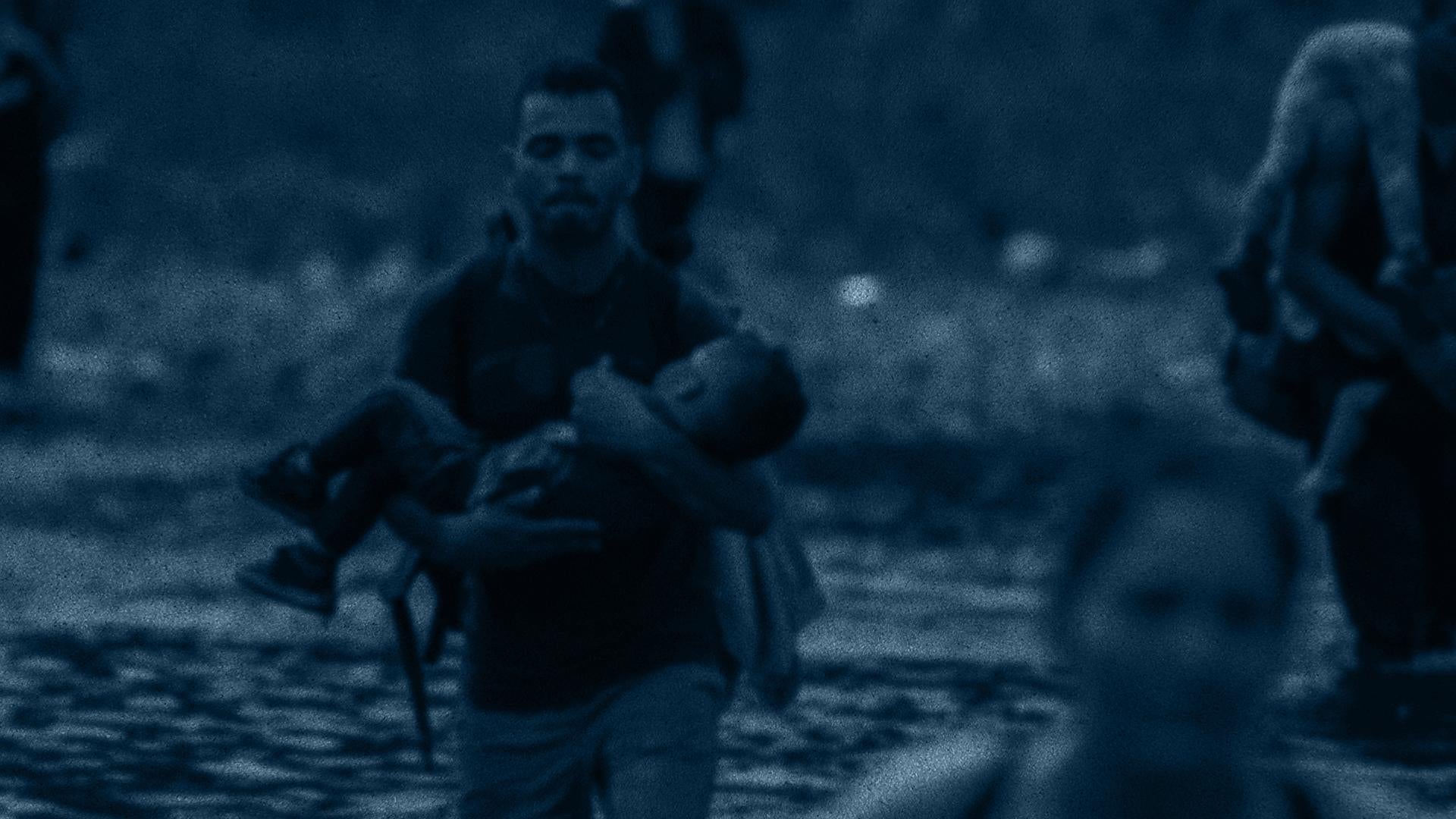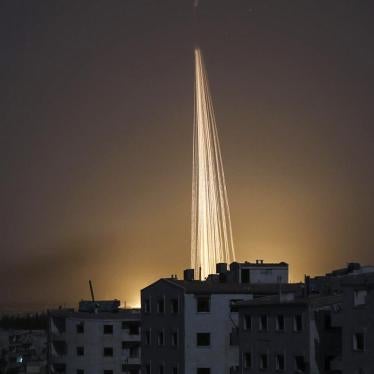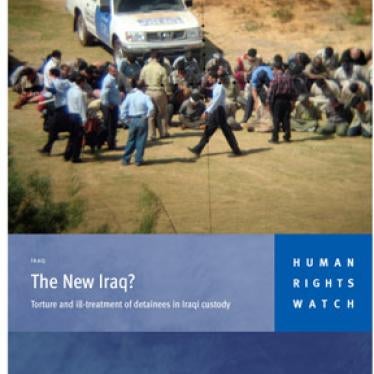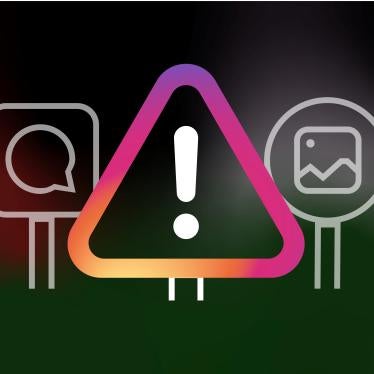Throughout the recent war in Gaza, the Israel Defense Forces (IDF) insisted that it took extraordinary care to spare civilians. But it then prevented journalists and human rights monitors from entering Gaza during the conflict to independently verify this claim.
Now that Human Rights Watch and other observers have been let in, it has become clear that hundreds of Palestinian civilians were not the only casualties of the fighting. So was the credibility of the IDF.
Part of the problem was the IDF's expansive definition of a military target. It attacked a range of civilian facilities, from government offices to police stations, on the theory that they all provided at least indirect support to Hamas militants. But by that theory, Hamas would have been entitled to target virtually any government building in Israel on the ground that its office workers indirectly supported the IDF. That would make a mockery of the distinction between civilians and combatants that lies at the heart of the laws of war, which require direct support to military activity before civilians become legitimate military targets. Behind the unsupportable legal claim seemed to lie a determination to make Gazans suffer for the presence of Hamas--a prohibited purpose for using military force.
The IDF's credibility probably took the biggest hit on the issue of its use of white phosphorous. A typical artillery shell of white phosphorous releases 116 phosphorus-soaked wedges which, upon contact with oxygen, burn intensely, releasing a distinctive plume of smoke. That smoke can be used legitimately to obscure troop movements, but white phosphorous can be devastating when used in urban areas, igniting civilian structures and causing people horrific burns. Its use by the IDF in densely populated sections of Gaza violated the legal requirement to take all feasible precautions during military operations to avoid harming civilians. It never should have been deployed.
The IDF has tried to defend itself with denial and obfuscation. It first denied using white phosphorous at all. Then, when that proved untenable, it claimed that use was limited to unpopulated areas of Gaza. Neither claim is true. On Jan. 9, 10 and 15, a Human Rights Watch military expert personally observed white phosphorous being fired from an artillery battery and air burst over Gaza City and the Jabalya refugee camp. Its telltale jellyfish-like plume was a dead giveaway, as can be seen from many photographs that are now emerging from Gaza of white phosphorous raining down on civilian areas.
The Times of London also photographed an IDF artillery battery firing white phosphorous shells. The shells are color coded and labeled with the IDF term for white phosphorous--"exploding smoke." They are also marked with the code used by the U.S. manufacturer of white phosphorous--M825A1. Similarly marked and color-coded shells and other evidence of white-phosphorous use have now been recovered from urban areas of Gaza where they fell to earth.
As for obfuscation, the IDF claimed that all weapons it used were "legal," but that begs the critical question of how they were used. The use of white phosphorous is legal in certain circumstances but illegal when deployed in a way that causes unnecessary or indiscriminate harm to civilians. The IDF cited press reports suggesting that the International Committee of the Red Cross supported its position, but in a rare public comment, the ICRC denied that claim.
The IDF's latest line is that the shells fired in Gaza "contained phosphorus material but were not actual phosphorus shells." That is semantic game-playing. Nothing that indiscriminately burns the way the IDF's shells did, regardless of name, should be used in densely populated areas.
Awful as it is to have white phosphorous raining down on you, the IDF probably caused more civilian casualties with its use of 155 mm high-explosive artillery shells in Gaza. These weapons can injure civilians from blast and fragmentation over an area with a radius of as much as 300 meters. That's roughly the equivalent of taking three football fields, lining them end to end and then rotating them around the point of the shell's impact. In the densely populated residential areas of Gaza, where Human Rights Watch saw these shells used on Jan. 15, they can cause extensive civilian casualties. Such use clearly violates the laws-of-war prohibition of indiscriminate attacks because the shells strike military targets and civilians without distinction.
Such unlawful endangering of civilian life in Gaza cannot be justified by Hamas' deliberate and indiscriminate attacks on Israeli cities and towns. Illegality by one side to a conflict does not excuse illegality by the other. And as should be obvious, it is hardly in Israel's interest to degrade international law protecting civilians.
Predictably, the IDF holds Hamas wholly responsible for civilian casualties in Gaza, alleging that Hamas combatants stored weapons in mosques and fought from among civilians. Those allegations may or may not be true. Long experience, as during the 2006 war in Lebanon, shows that we must take such ritual IDF pronouncements with a grain of salt. We will not know exactly how Hamas waged the war until human rights monitors can conclude the on-the-ground investigations that they are only just beginning because of the IDF's earlier refusal to let them into Gaza.
Israelis seem dismayed that the world has not embraced the justness of its latest war in Gaza. Of course Israel is entitled to defend itself from Hamas' rocket attacks, but when it does so in violation of its duty to spare civilians, and with so massive a civilian toll, public outrage is entirely predictable. Meanwhile, the IDF does itself no favor when it resorts to censorship, PR techniques and misrepresentation rather than subject its conduct to the open and independent scrutiny that should characterize any military that is genuinely committed to respecting the laws of war.







